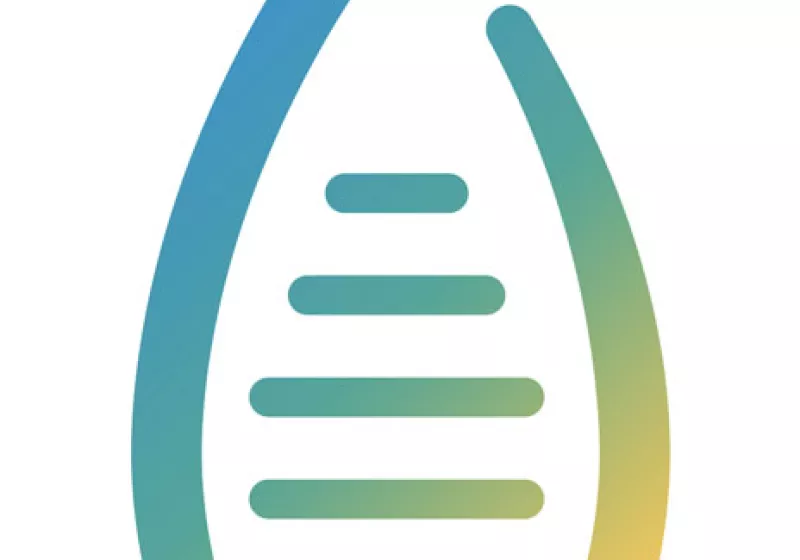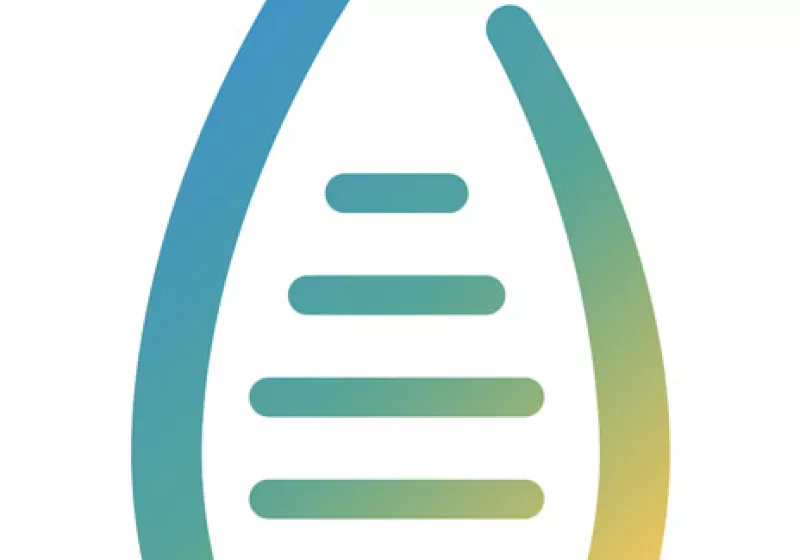Permettant un accès rapide des patients aux médicaments de thérapie innovante dans l’Union Européenne (UE), la commercialisation couvre, en particulier, l'autorisation de mise sur le marché et les activités post-autorisation telles que la pharmacovigilance, la tarification et le remboursement.
Autorisation de mise sur le marché
La première étape de la commercialisation à grande échelle d'un nouveau médicament est l'obtention d'une autorisation de mise sur le marché (AMM) délivrée par une agence de réglementation des médicaments. L'AMM est l'étape clé du cycle de vie d'un médicament. Elle fait référence à l'octroi d'une licence pour la commercialisation d'un médicament à des fins médicales et commerciales.
Dans l'UE, tous les médicaments de thérapie innovante (MTI) relèvent de la procédure d'autorisation centralisée. Le développeur d'un MTI à l’échelle industrielle doit soumettre une seule demande d'autorisation de mise sur le marché (AMM) à l'Agence européenne des médicaments (EMA). Le Comité des médicaments à usage humain (CHMP) de l'EMA procède alors à une évaluation scientifique de la demande et émet une recommandation sur la possibilité de commercialiser ou non le médicament. Pour les ATMP, cette évaluation scientifique implique toujours le Comité des thérapies innovantes (CAT). L'avis de l'EMA est ensuite transmis à la Commission européenne, qui décide de l’octroi ou non de l'autorisation de mise sur le marché. Si elle est accordée, l'autorisation de mise sur le marché est valable dans l'ensemble de l'Union européenne et de l'Espace économique européen (EEE).
Pour qu'un médicament soit autorisé, le demandeur doit démontrer qu'il est efficace, sans danger et de bonne qualité. Pour ce faire, il doit préparer et soumettre un dossier d'autorisation de mise sur le marché contenant des informations principalement tirées d'études précliniques/cliniques et de la description du processus de fabrication. Le dossier doit être préparé conformément aux exigences réglementaires, scientifiques et procédurales, sur la base de stratégies de développement clinique soigneusement planifiées, ainsi que de données d'efficacité et de sécurité de haute qualité provenant d'études cliniques et d'études non cliniques.
L'EMA se concentre sur la qualité, la sécurité et l'efficacité, et la balance bénéfice/risque d'un médicament dans son évaluation. En raison de la complexité inhérente aux MTI et de la rareté des maladies qu'ils ciblent, les essais cliniques randomisés en double aveugle (études de référence dites « gold standard ») pour caractériser l'efficacité et le profil de sécurité d'un MTI peuvent ne pas être réalisables ou justifiés d'un point de vue éthique. L'évaluation peut devoir être basée sur une quantité limitée de données, et les régulateurs ont tendance à se concentrer sur la question de savoir si la balance bénéfice/risque est acceptable.
Pour plus de flexibilité et pour permettre un accès plus rapide aux médicaments, plusieurs voies d'accélération sont possibles pour les ATMP et d'autres médicaments :
- L'AMM conditionnelle lorsque des données cliniques supplémentaires sont nécessaires, mais que le médicament répond à un besoin médical non satisfait et que les bénéfices pour la santé publique l'emportent sur les risques.
- L'évaluation accélérée raccourcit le délai d'évaluation si le demandeur fournit une justification suffisante basée sur un intérêt majeur pour la santé publique.
- L'autorisation de mise sur le marché sous circonstances exceptionnelles (voir : Question 1.9 en anglais uniquement) peut être accordée lorsque des données complètes ne peuvent être obtenues même après l'autorisation, parce que l'affection à traiter est rare ou parce que la collecte d'informations complètes n'est pas possible ou est contraire à l'éthique.
L'EMA a également mis en place des programmes de soutien réglementaire pour les médicaments innovants, y compris les MTI :
- Le programme PRIME (Médicaments prioritaires) offre un soutien renforcé de l'EMA pour le développement de médicaments qui répondent à un besoin médical non satisfait. Des données cliniques préliminaires doivent être fournies à titre de preuve pour démontrer le potentiel du médicament à bénéficier aux patients.
- L'approche des voies adaptatives est un concept scientifique pour le développement de médicaments et la production de données permettant un accès précoce et progressif des patients à un médicament.
Il existe d'autres voies réglementaires permettant aux patients d'accéder aux médicaments sur une base individuelle. Il s'agit notamment de l’exemption hospitalière pour les MTI seulement, des accès sur une base nominative et de l'usage compassionnel, et des médicaments préparés par les pharmaciens.
Pharmacovigilance
Pour garantir la sécurité des patients, les effets indésirables de tous les médicaments, y compris les ATMP, doivent être surveillés et signalés tout au long de leur cycle de vie.
Selon la définition de l'EMA, la pharmacovigilance est « la science et les activités relatives à la détection, à l'évaluation, à la compréhension et à la prévention des effets indésirables ou de tout autre problème lié aux médicaments »
Dans les essais cliniques, la sécurité et l'efficacité d'un médicament n'ont été évaluées que sur un petit groupe de patients soigneusement sélectionnés, dans des conditions contrôlées et pendant une durée limitée. En revanche, au stade post-autorisation, le médicament peut être utilisé sur un plus grand nombre de patients et pendant une période plus longue. Le suivi de ces activités peut permettre d'observer des effets indésirables qui n'avaient pas été identifiés auparavant.
Pour soutenir la pharmacovigilance dans l'UE, l'EMA développe et maintient EudraVigilance, une base de données pour la collecte, la gestion et l'analyse des données de sécurité sur les rapports d'effets indésirables (ADRs en anglais) pour les médicaments autorisés dans l'UE. Cette base de données n'est pas entièrement accessible au grand public, mais ses rapports peuvent être consultés dans la base de données européenne des rapports sur les effets indésirables présumés des médicaments.
Tarification et remboursements
Une fois qu'une autorisation de mise sur le marché a été délivrée pour un médicament, l'accès des patients à ce dernier dépend fortement de son prix et de son remboursement par le système national d’assurance maladie. Les systèmes de tarification et de remboursement sont déterminés au niveau national, et non au niveau de l'UE.
Fixer le prix d'un médicament et décider de son remboursement par l'assurance maladie au niveau national sont de véritables défis pour les décideurs politiques. Les principales considérations dans ce processus sont les bénéfices (ou la valeur) d'un médicament au regard de son coût, le budget des soins de santé et l'impact du médicament sur le système national de soins de santé. Les décideurs politiques doivent également trouver un équilibre entre un bon rapport qualité-prix et la garantie que les innovations médicales sont récompensées de manière appropriée. Voici quelques approches de la fixation du prix d'un nouveau médicament
- Basée sur les coûts : addition des coûts de production du médicament et d'une marge bénéficiaire.
- Basée sur la référence : comparaison avec les prix du même médicament ou des alternatives thérapeutiques déjà sur le marché.
- Basée sur la valeur : évaluation de la valeur ajoutée d'une nouvelle thérapie par rapport à un traitement existant pour la même pathologie.
Bien que les médicaments de thérapie innovante soient reconnus pour leur potentiel à transformer radicalement l'état de santé des patients et à traiter des maladies complexes pour lesquelles il n'existe pas d'autres traitements efficaces, ils sont confrontés à des défis uniques dans le processus d'évaluation pour la fixation des prix et le remboursement. Ces défis sont principalement liés aux coûts de ces médicaments (sont-ils abordables ?) et à leurs incertitudes : Les ATMP sont complexes et coûteux à développer, à produire et à administrer, et sont souvent des traitements uniques ; leurs bénéfices pour la santé ne peuvent être appréciés que dans une perspective à long terme, mais il n'y a souvent que peu de preuves disponibles (en particulier en ce qui concerne l'efficacité à long terme) au moment de l'autorisation et de la négociation des prix. Ces caractéristiques sont à l'origine d'une grande incertitude quant à la valeur des ATMP (rapport coût/bénéfice) et ont suscité de nombreuses discussions sur les modèles de paiement appropriés.
Évaluation des technologies de santé
L'Évaluation des Technologies de Santé (ETS) est « un processus pluridisciplinaire qui synthétise les informations sur les aspects d’ordre médical, social et relatifs aux patients ainsi que sur les questions économiques et éthiques liées à l’utilisation d’une technologie de la santé de manière systématique, transparente, objective et rigoureuse». L'objectif principal de l'ETS est de déterminer le rapport coût/effectivité d'une nouvelle technologie de santé par rapport à d'autres traitements existants. Elle sert de pont entre les preuves et la prise de décision politique, en fournissant aux décideurs de la santé des informations fondées sur des preuves pour une allocation efficiciente des ressources publiques.
Dans l'UE, les organismes régionaux et nationaux d'ETS fournissent des recommandations sur la tarification des médicaments et leur remboursement dans les États membres ou les régions, mais les processus, les priorités et les méthodes varient. En reconnaissance de la grande diversité des pratiques, le Réseau Européen pour l'Évaluation des Technologies de Santé (EUnetHTA) a été créé en 2004 pour encourager les collaborations et l'échange efficaces d'informations entre les organismes régionaux et nationaux d'ETS, ainsi que pour développer des méthodes, des standards et des processus harmonisés pour le réseau d'ETS en Europe. EUnetHTA travaille avec l'EMA pour offrir des consultations parallèles et fournir des retours sur les plans de génération de données des développeurs lors des premières étapes de développement.
Un nouveau règlement européen en matière d’ETS a été adopté le 15 décembre 2021 et est applicable à partir du janvier 2025 pour les MTI. Il établit :
« (a) un cadre de soutien et des procédures de coopération entre les États membres en matière de technologies de la santé au niveau de l’Union;
(b) un mécanisme en vertu duquel toutes les informations, données, analyses et autres données probantes requises pour l’évaluation clinique commune de technologies de la santé ne sont transmises par le développeur de technologies de la santé qu’une seule fois au niveau de l’Union;
(c) des règles et des méthodes communes pour l’évaluation clinique commune des technologies de la santé. »
Remerciements
Publication : 29/01/2022
Dernière mise à jour : 31/03/2025
Auteur :
Hsin-Yu Kuo, EuroGCT Project Manager - Research Information and Networks
Relecture :
Aurélie Mahalatchimy, EuroGCT WP4 Convenor, UMR 7318 DICE CERIC, Aix-Marseille University, CNRS, Aix-en-Provence- France
Traduction de l'anglais au français en mars 2025 :
Victoria Burakova-Lorgnier, Juriste, UMR 7318 DICE CERIC, Aix-Marseille Université, Aix-en-Provence, France
Luc-Sylvain Gilbert, Chargé d'information EuroGCT en matière éthique, juridique et sociétale
Aurélie Mahalatchimy

